Everything you need to know about specifications and performance - Kia Carnival 2006 - 2.9 CRDi (185 Hp) Automatic
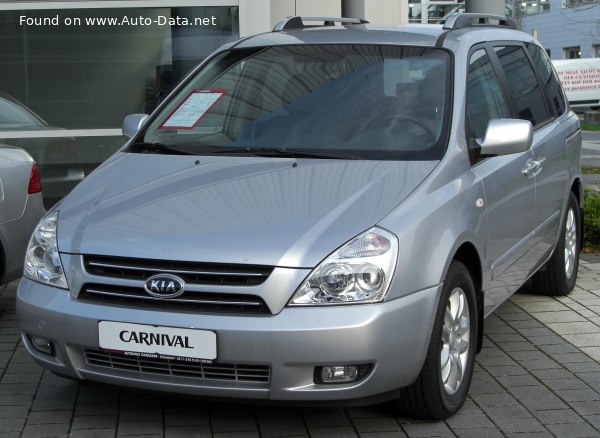
Overview:
What is the engine capacity of a Kia Carnival 2006?
The engine capacity of the Kia Carnival 2006 is 2902.
Kia Carnival 2006 How many horsepower?
The engine power of the Kia Carnival 2006 is 185 Hp @ 3800 rpm..
What is the Kia Carnival 2006 engine?
Kia Carnival 2006 engine is J3. (Click to see other cars using the same engine)
How much gasoline does a Kia Carnival 2006 consume?
The Kia Carnival 2006 consumes 7.8 liters of gasoline per 100 km
What is the recommended oil for a Kia Carnival 2006 engine?
The recommended oil for a Kia Carnival 2006 car engine is 5W-30, 5W-40.
What type of camshaft transmission system is used in a Kia Carnival 2006 engine?
belt is used to transmit motion.
General:
Engine:
EURO 3/4 (CR Delphi version)
Performance:
Space:
dimensions:
Powertrain, Suspension and Brakes:
See also
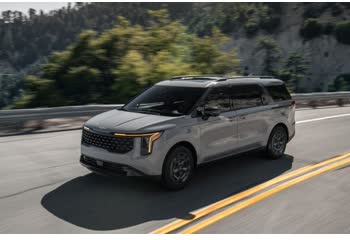
Last generation.
Its production began in 2024 until Now
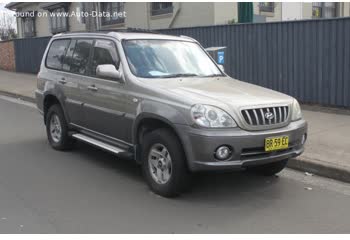
Same engine. (J3).
Its production began in 2001 until 2004

Same production year and almost the same engine capacity.
Its production began in 2006 until 2010
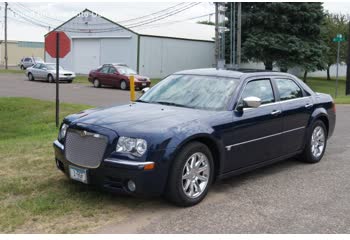
Same production year and almost the same engine capacity.
Its production began in 2006 until 2010
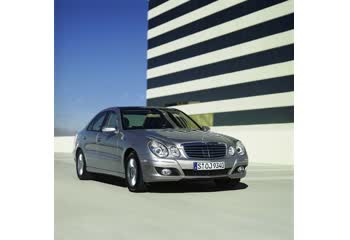
Same production year and almost the same engine capacity.
Its production began in 2006 until 2009
Write a comment